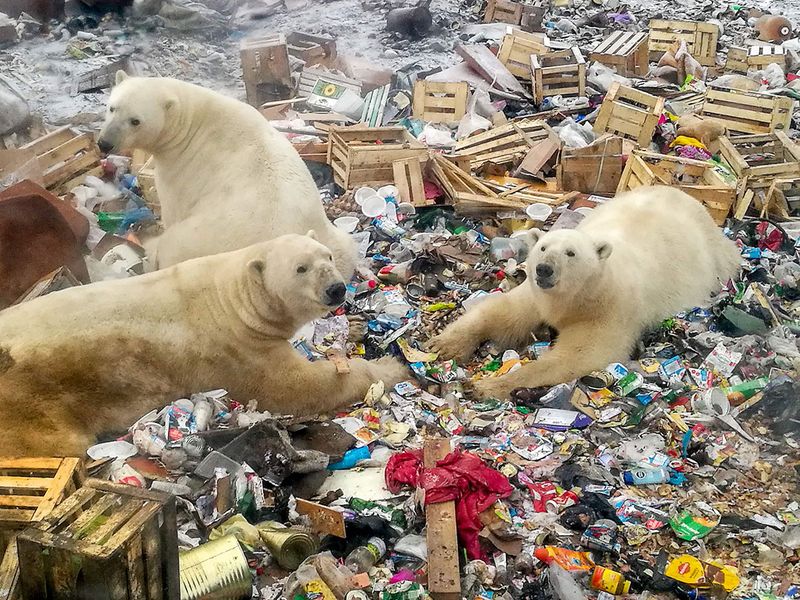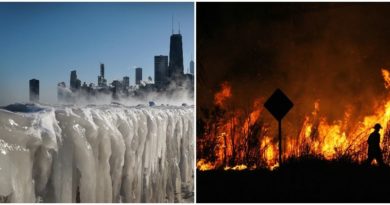Climate change on track to wipe out polar bears by 2100
Dwindling body weight undermines their chances of surviving Arctic winters without food
Climate change is starving polar bears into extinction, according to research published Monday that predicts the apex carnivores could all but disappear within the span of a human lifetime.
In some regions they are already caught in a vicious downward spiral, with shrinking sea ice cutting short the time bears have for hunting seals, scientists reported in Nature Climate Change.
Their dwindling body weight undermines their chances of surviving Arctic winters without food, the scientists added.
On current trends, the study concluded, polar bears in 12 of 13 subpopulations analysed will have been decimated within 80 years by the galloping pace of change in the Arctic, which is warming twice as fast as the planet as a whole.

There is not enough data for six others to make a determination as to their fate.
That scenario foresees Earth’s average surface temperature rising 3.3 degrees Celsius above the preindustrial benchmark.
But even if humanity were able to cap global warming at 2.4C – about half-a-degree above Paris Agreement targets, but hugely ambitious all the same – it would probably only delay the polar bears’ collapse.
The threat is not rising temperatures per se but the top-of-the-food-chain predators’ inability to adapt to a rapidly shifting environment.

Half of Earth’s land-based megafauna are classified as threatened with extinction, but only polar bears are endangered primarily by climate change.
But that status may not be unique for long, and should be seen as a harbinger of how climate will impact other animals in the coming decades, the authors warned.
The challenge to their survival has long been understood, but the new study — building on pioneering work by Amstrup a decade ago — is the first to put a timeline on their likely demise.
The new approach overlays two sets of data.
One is the expanding fasting period, which varies across regions and can last for half-a-year or more. The other is a pair of climate change projections tracking the decline of sea ice until the end of the century, based on scenarios from the UN’s IPCC climate science advisory panel.
A male bear, for example, in the West Hudson Bay population that is 20 percent below its normal body weight when fasting begins will only have enough stored energy to survive about 125 days rather than 200 days.
New-born cubs are even more exposed, according to the study, especially when mothers have not fattened up enough to provide nourishing milk. Females without offspring, however, have the greatest capacity to withstand long periods without food.
The polar bear’s ‘vulnerable’ status on the IUCN Red List of endangered species — less severe that ‘endangered’ or ‘critically endangered’ — does not accurately reflect their plight, the authors argue.
Catagories established by the International Union for the Conservation of Nature are based mainly on threats such as poaching and habitat encroachment that can be addressed with local action on the ground.




